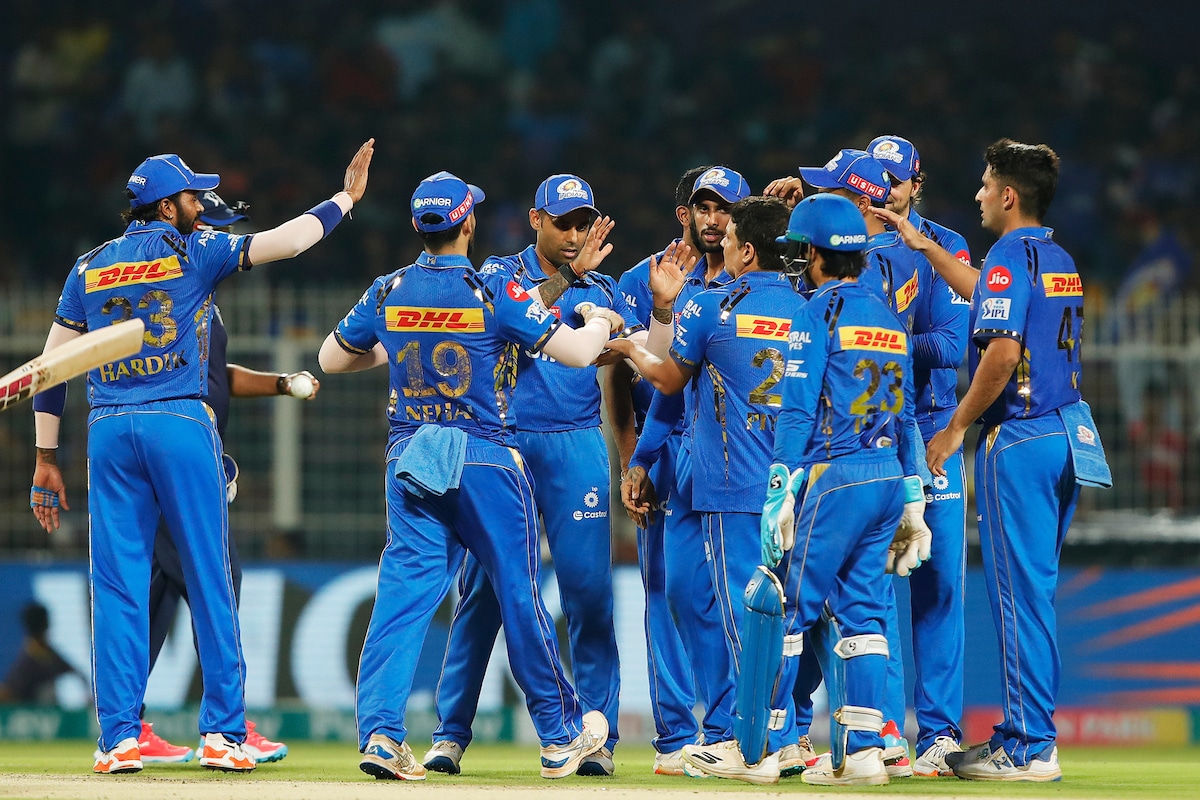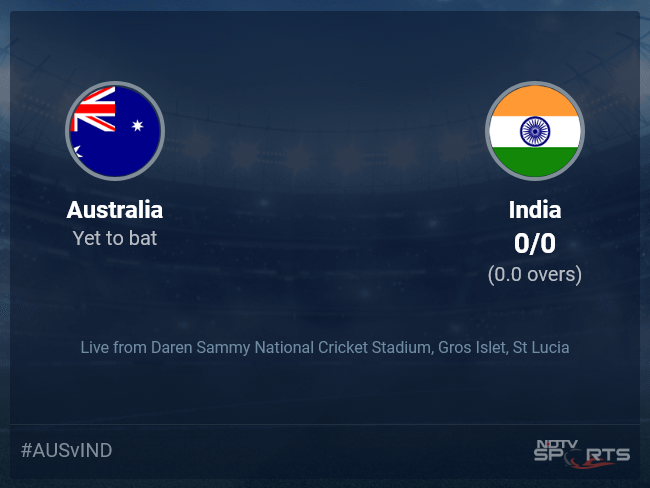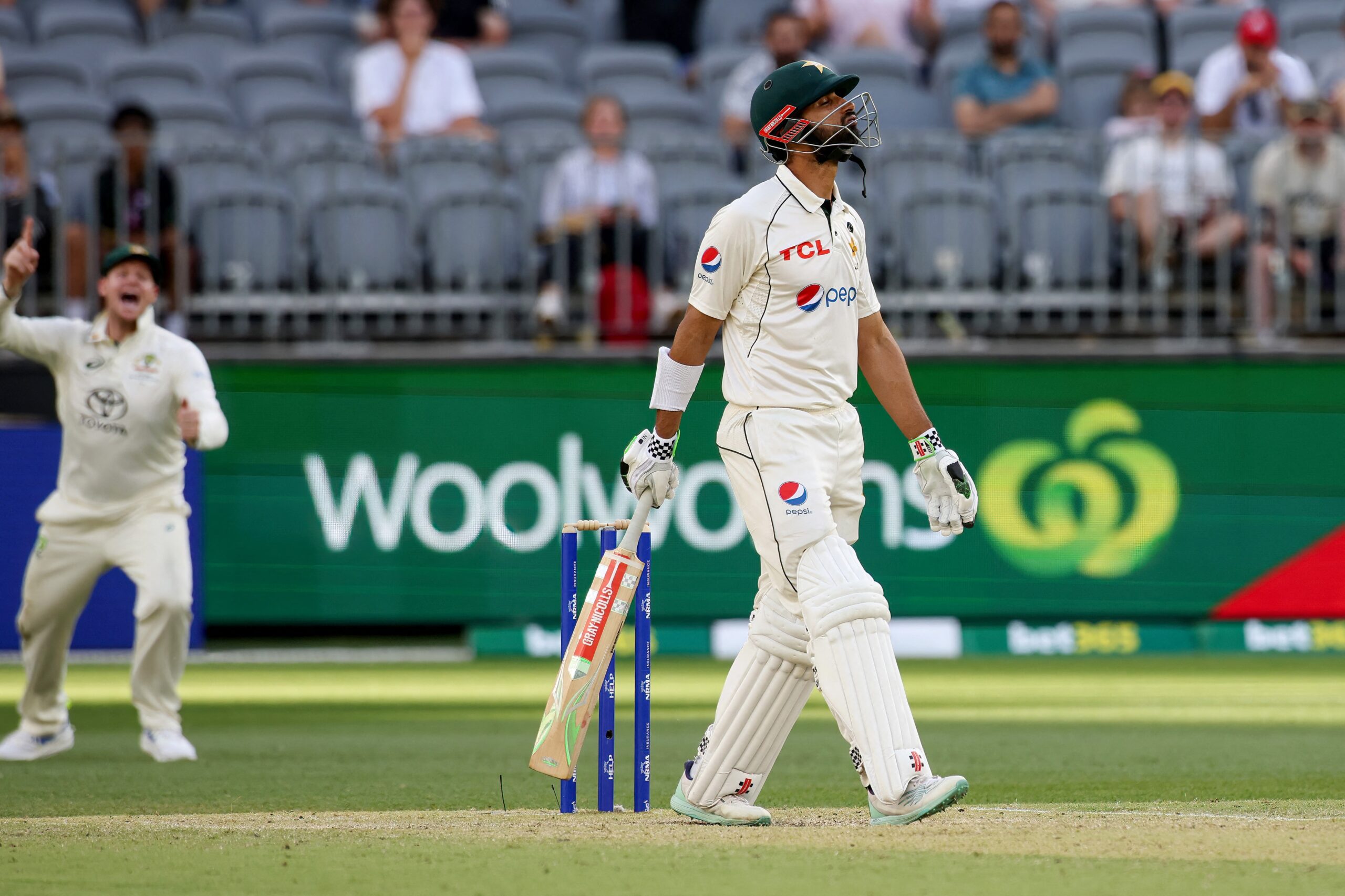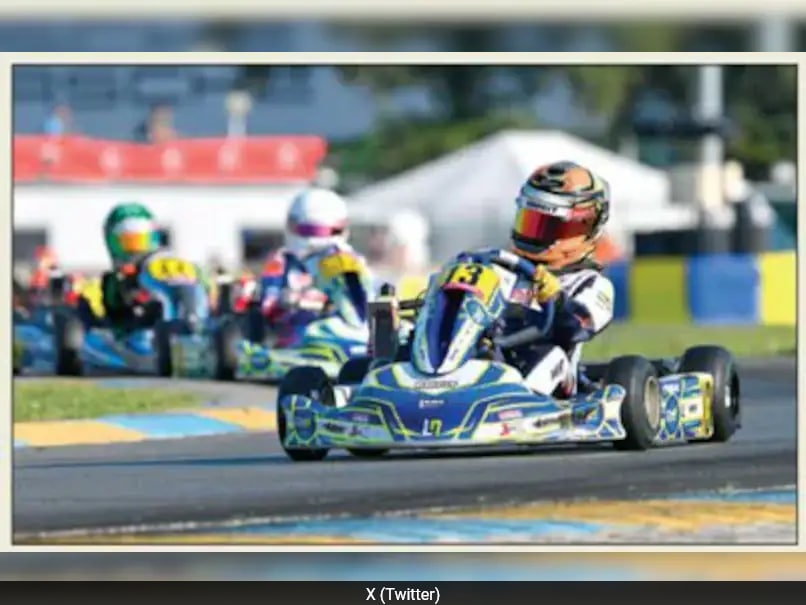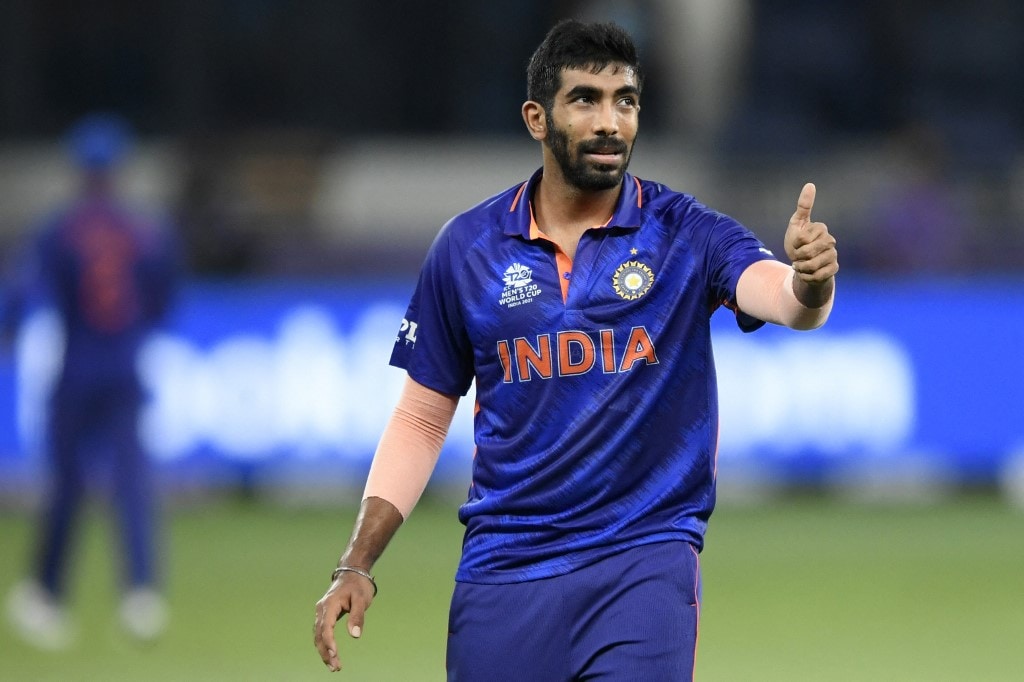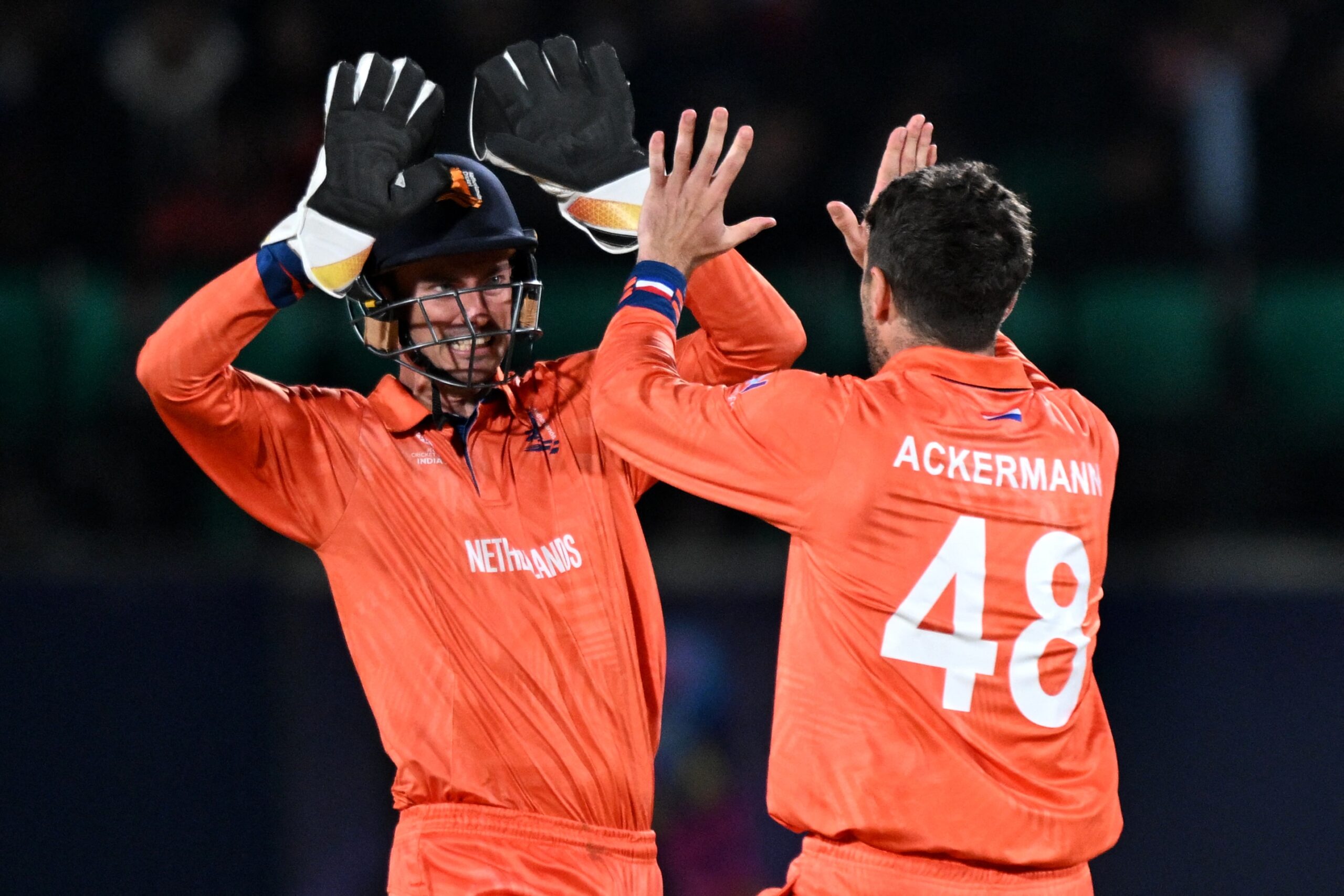The passing of Aunshuman Gaekwad has brought into focus again a salient feature of sport — the importance of guts and sheer courage. Batters in his time — the record-breaking Sunil Vargas being a prime example — faced some of the fastest bowlers in the history of the game. They did this without helmets, safety laws or neutral umpires who called intimidatory bowling by its name.
“I was privileged to play with three of the bravest cricketers in Indian cricket,” Sunil Gavaskar said recently, “Eknath Solkar, Jimmy Amarnath, and Aunshuman Gaekwad.” Each of the three mentioned could have said the same thing, substituting their own name with Gavaskar’s for reasons of modesty. The essence of sport is courage.
On the 1983 tour of the West Indies, India were up against Andy Roberts, Malcolm Marshall, Michael Holding and Joel Garner. Has a better bunch of skilful and aggressive fast bowlers played together? Without being at his best, Gavaskar still had a century, having earlier been hit on the head by Marshall. It was one of the few times the opener had been hit. You needed to have a great technique or a stout heart to survive — Gavaskar had both.
Someone once pointed out that he spent about a third of his sporting life trying to keep fast bowlers from maiming him!
Amarnath made 598 in that series which India lost 0-2, hooking the bowlers with abandon. For a while — he had made 584 in Pakistan against Imran Khan and Sarfraz Nawaz — he was the best batter in the world.
Stout hearts
Stout hearts who played for India must include their first captain, C.K. Nayudu. Hit on the mouth by fast bowler Dattu Phadkar in a Ranji Trophy final, he spat out the teeth, brushed them away from the pitch and waved away all help. He continued batting and made 66. He was 57 years old then.
But it isn’t just batters about whom tales of bravery and fortitude are told. Leg spinner Anil Kumble, his jaw broken, his face bandaged, bowling in the Antigua Test of 2002, is one of cricket’s most inspiring.
Kumble sent down 14 consecutive overs and became the first bowler to dismiss Brian Lara while bowling with a broken jaw. “It was one of the bravest things I’ve seen on the field of play,” said Viv Richards later.
Easily the bravest fielder to represent India was Eknath Solkar. Fielding at short leg — again, no helmet — he converted what batters thought were safe shots into brilliant catches. The spin quartet of the time – Bishan Bedi, Erapalli Prasanna, Bhagwat Chandrasekhar and Srinivas Venkatraghavan — said often they would have been less successful without Solkar at short leg. Towards the end of his career, Solkar was even picked for a tour of the West Indies for his fielding alone! As Bedi said, “His close-in catching was really intimidating.”
Incredible Solkar
His catch at short leg to dismiss England’s Alan Knott at the Oval in 1971, the first Test India won in that country (which led to the series win) was stunning, and led to one of the game’s great photographs. Solkar later told the writer Rahul Bhattacharya, that he had been wearing a heart-shaped pendant at the time and when he dived forward, it scratched his chest, making it bleed. The fielder said after retirement (53 catches in 27 Tests) that the one he took in the outfield off Clive Lloyd in Bengaluru was his best.
Nari Contractor, who turned 90 earlier this year, had his skull fractured by a Charlie Griffith delivery in the West Indies where he was leading the Indian team. It was touch-and-go for a while in hospital. Remarkably, he returned to play first class cricket. This did not surprise anybody. On the 1959 tour of England, he had his ribs broken by Brian Statham at Lord’s, but made the top score of 81.
Gavaskar also played with a cricketer whose courage and motivation are of such a high order that we sometimes find it difficult to assimilate them. Within five months of losing an eye in a car accident, Tiger Pataudi was playing Test cricket, and in another three months was leading the country. Clearly he was in a different league altogether.




